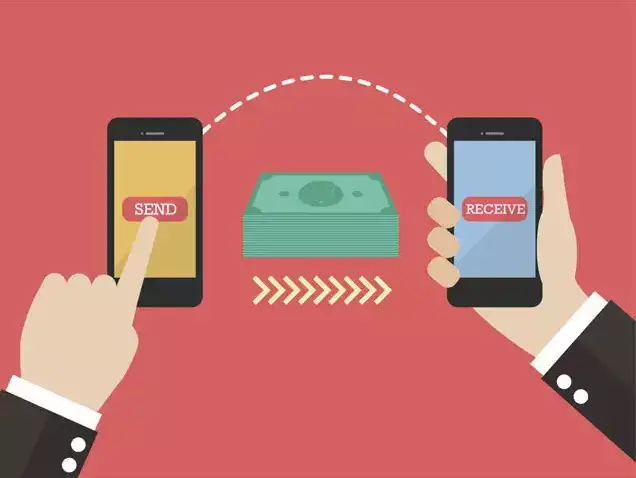In banking, ACH is an automated clearing house, which is a network that coordinates electronic payments and automatic money transfers.
Automated clearing house is the best way to conduct money transfers without any checks and paper documentation (as well as without bank transfers or cash).
Automated clearing house system consists of a network of computers that work together and automatically process payments. Therefore neither the invoice issuer nor the payer has to make payments manually, they are automatically processed at the end of the day.
This network uses two clearing houses, if we talk about the US they would be Federal Reserve or The Clearing House.
Have you ever used ACH? Of course! Even if you don’t notice it. For example, when you pay for a Netflix subscription (or any other service), when your employer transfers your salary, or when you pay your utility bill. These are all examples of using ACH and agree, it makes our lives more convenient.
What are the advantages of ACH?
In fact, this system has many advantages that we sometimes do not even think about. For example, it minimizes the amount of paper records (which, by the way, contain your confidential information), and therefore makes data leaks less likely.
Moreover, ACH allows you to automate payments, saving you a lot of time and allowing you not to worry about defaults. The only thing you should take care of is to have enough money in your account.
And of course, ACH minimizes the number of errors, because it reduces the influence of the “human factor”.
What are the disadvantages of ACH?
However, like any other thing in our world, ACH also has some disadvantages. First of all, it gives the company direct access to your account. Second, if you have a credit limit on your account, the payment will be charged even if it exceeds available funds. In that case, you may receive an additional overdraft fee from the bank.
For businesses, ACH also has a number of disadvantages. First and foremost is the ability to cancel a payment. This is not an easy process, but there is such a possibility. Well, and the main disadvantage is that for ACH to work, you need to invest in software and appropriate staff.
How does ACH work?
There are two types of ACH transactions – debit and credit. And how ACH works directly depends on which type of transaction is executed.
ACH debit is a withdrawal from a bank account. For example, if you have a monthly mortgage payment set up. In more sophisticated terms, it is a transaction initiated by the recipient of the funds.
ACH credit is the process of crediting funds to a bank account. For example, if you have your salary coming in. In more complicated words, it is a transaction initiated by the payer of funds.
In both cases, this transaction is initiated by only one party, which is called the originator. It is the originator who is responsible for the authorization for each transaction. Then, the originator forwards the transaction to the ACH operator (Federal Reserve or Clearing House), which mediates between the originator’s financial institution and the receiver’s financial institution.
An example of ACH transaction
Let’s illustrate how ACH works with an example.
Suppose you work and your employer has to pay you a monthly salary. You provide your employer with your bank account information and then the company inniciates an ACH transaction.
The company sends information to its bank, which debits its credit account and sends the information to the ACH operator. In turn, the operator transmits information about the transaction to your bank, which, after settlement by Clearing House credits your bank account.
That’s the example of ACH credit.
Now let’s imagine that you need to pay for a Netflix subscription, which is tied to your bank account. You have provided your bank information to Netflix and allowed it to automatically charge you for your subscription renewal. Netflix sends transaction information to ACH to their bank, which forwards it to the ACH operator. ACH in turn sends the transaction information to your bank. After Clearing House has processed the transaction, your bank is debetting your account. And then Netflix is crediting its bank account.
That’s the example of ACH debit.






